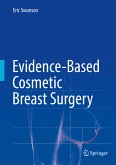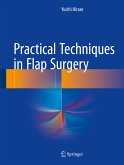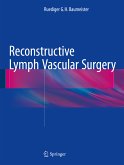Edited by the medical director of the Brigham and Women's Hospital Wound Care Center, Interventional Treatment of Wounds takes the plastic surgeon's point of view on wound care and various surgical and non-surgical interventional treatments. Where the typical wound care book addresses bandaging and dressing of various surface wounds, Interventional Treatment of Wounds delves into the surgical and interventional procedures that can effectively treat both acute and chronic wounds. Written for wound care professional including physicians, podiatrists, nurses, residents and students this book features three distinct sections covering surgical methods and techniques, amputation, and interventional techniques, paying special attention to skin grafts, flaps, and substitutions, as well as arterial and venous interventions.
Dieser Download kann aus rechtlichen Gründen nur mit Rechnungsadresse in A, B, BG, CY, CZ, D, DK, EW, E, FIN, F, GR, HR, H, IRL, I, LT, L, LR, M, NL, PL, P, R, S, SLO, SK ausgeliefert werden.









